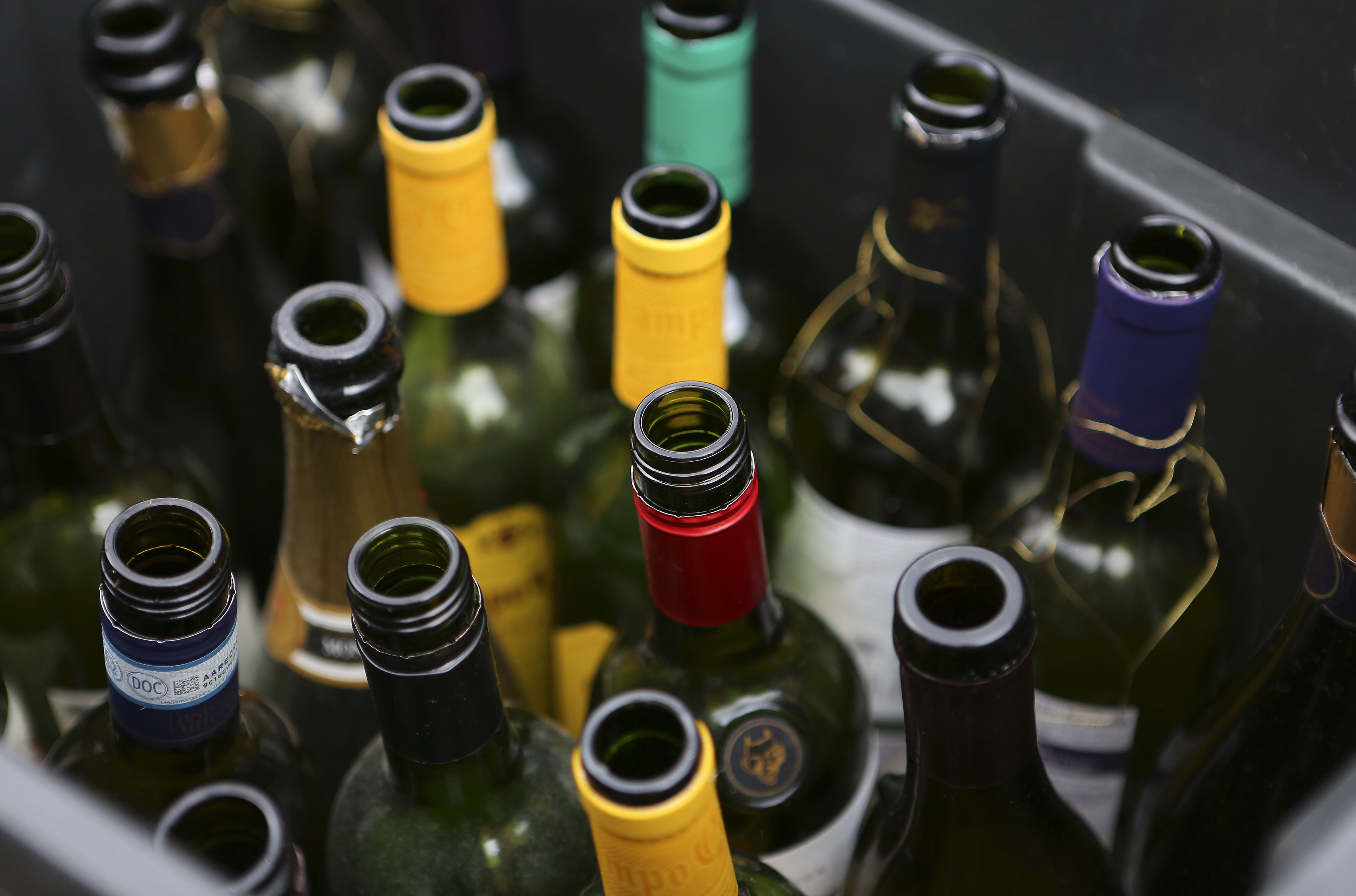
MORE than 10 litres of pure alcohol was consumed last year for every adult in Scotland, a new report on the nation’s drinking has revealed.
In 2017 the amount of drink sold in Scotland was the equivalent to 19.6 units a week for every person – higher than the UK recommended limit of 14 units a week for men and women.
Lucie Giles, lead author of the Scotland’s Alcohol Strategy Monitoring Report 2018 said it showed alcohol consumption was still a “significant public health concern”.
Almost half (47%) of alcohol sold in shops and supermarkets last year cost less than 50p per unit – the new minimum unit price for drink which has been brought in by the Scottish Government.
Public health minister Aileen Campbell said: “Our world leading minimum unit pricing policy now ensures no alcohol can be sold below 50p per unit. I am confident minimum unit pricing will make a significant difference to the harms shown in this report.
“Those that drink most heavily and live in deprived areas experience the greatest levels of harm, and they will benefit most from minimum unit pricing.”
Across Scotland adults drank an average of 10.2 litres of pure alcohol per person in 2017, according to the new NHS Health Scotland report.
And while more Scots are heeding the recommended drinking guidelines, over a quarter (26%) of people were consuming more than this.
Alcohol is now responsible for 22 deaths and 697 hospital admissions a week, it found, with the rates of these more than eight times higher in Scotland’s most deprived areas than they are in the most affluent communities.
More than 24,000 people were admitted to hospital for a drink-related condition in 2016-17, with a total of more than 36,000 inpatient stays recorded over the course of the year.
The scale of the problem means alcohol related hospital admissions are 4.4 times higher than they were in the 1980s.
Almost three quarter (73%) of all alcohol sold in Scotland is through supermarkets and other off-sales.
The average price of a unit of drink in the off trade in 2017 was 54p – higher than the 50p minimum unit pricing the Scottish Government has just brought in.
A total of 47% of all alcohol sold in shops and supermarkets cost less than 50p per unit last year – down from from 51% in 2016.
Ms Giles, a public health intelligence adviser at NHS Health Scotland, said: “As a leading cause of illness and early death, alcohol consumption and related harm remains a significant public health concern.
“With rates of alcohol-specific deaths increasing in recent years, and alcohol related hospital admissions four times higher than they were in the 1980s, it is more important than ever that we continue to monitor alcohol price, consumption and alcohol-related harms to inform and evaluate policy.
“Preventative action is necessary to reduce alcohol consumption if long-term improvements in alcohol-related harm are to be realised.
“And with the most harm being felt in our poorest areas, we must take action to reduce the health inequalities related to alcohol.”
Ms Campbell said the report “sets out the significant levels of harm that individuals, families and communities experience through alcohol misuse, highlighting the increasing role that sales in supermarkets and off-licences play in Scotland’s relationship with alcohol”.
She added: “The total volume of alcohol sold in Scotland in 2017 is similar to the level sold in 1994.
“However, since 1994 we’ve seen a huge shift from people buying alcohol in pubs, clubs and restaurants, to buying in supermarkets and off-licences.”

Enjoy the convenience of having The Sunday Post delivered as a digital ePaper straight to your smartphone, tablet or computer.
Subscribe for only £5.49 a month and enjoy all the benefits of the printed paper as a digital replica.
Subscribe